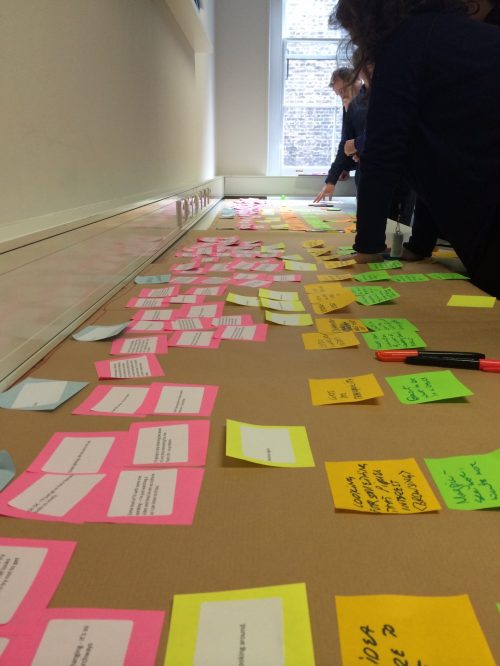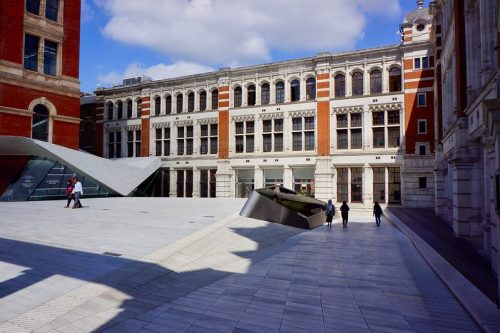Case studies









How digital served a richer ‘everyday’ experience.
The Victoria & Albert Museum, London.
The world’s leading museum of art and design.
Services: Audience research, Co-analysis of research data, Co-design
Tools: Narrated visits, Collaborative workshops
Delivered: 2015
The ask.
Developing new exhibitions and experiences is one thing. Outside of that, how could digital products enrich the overall experience of first-time visitors to the Museum?
The answer.
Research phase.
On top of interviewing key stakeholders and undertaking a full review of existing research and strategy, two things were key:
+ In-gallery qualitative research to understand the whole visitor journey.
+ Workshops with museum staff to identify key touchpoints that–if they were made digital–could serve visitors far more effectively.
The mix of standard and ethnographic research techniques we employed really came into play. This included asking visitors to carry a recording device during their visit so we could ‘eavesdrop’ on their experience. That gave us unprecedented access to their unfiltered thoughts, feelings and questions–which led to detailed, and sometimes surprising, insights into the visitor experience for the Museum team.
Co-design phase.
Our process was a new one for the V&A: highly collaborative, bringing in multiple internal and external teams in both the analysis and concept development phase. Inclusive and hands-on sum up our next step–running an interactive a co-analysis and concept workshop to identify and shape what digital ‘alternatives’ might look like.

The outcome.
The breadth of input from different teams and departments yielded unexpected insights, and a rich set of opportunities for digital, human and physical touchpoints to solve long-standing issues together.
The Museum commissioned a new wayfinding project, Visitor Experience staff in the visitor journey were moved to new locations in the visitor experience and the insights were used to inform designing a new, more friendly entrance on Exhibition Road.
They report still informing their approach five years later.

Share this case study.
